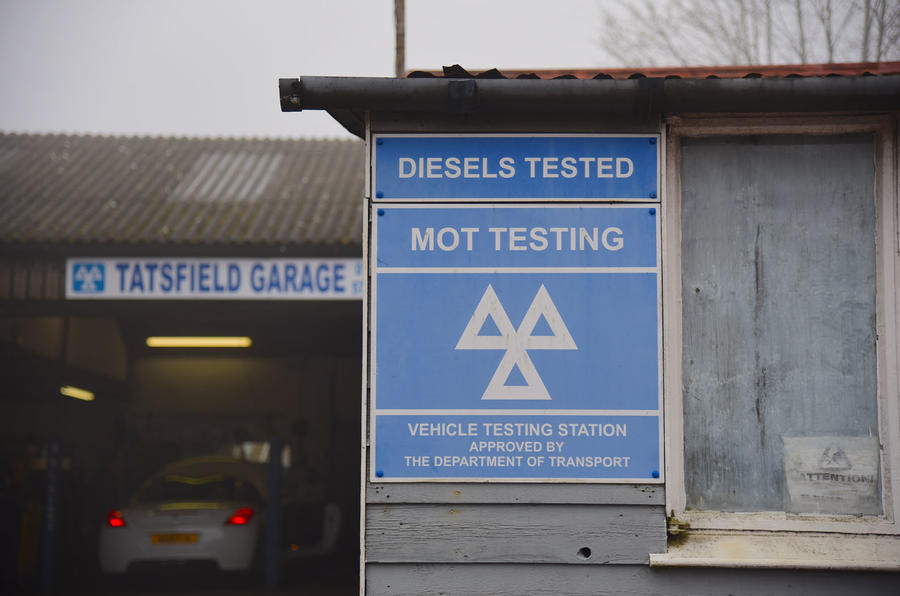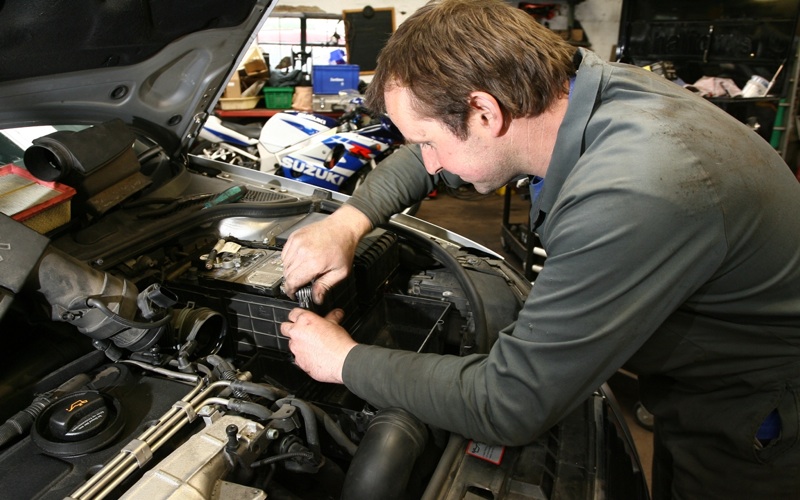Insurance premiums might seem like they only go one way but manage your risks and you could get a reduction.

Aftermarket Lead Broker, Hugh J Boswell
Maximising efficiencies and controlling costs are the buzzwords of the aftermarket right now. You can add to that getting the right insurance policy is critical otherwise insurance costs can soon become unsustainable, or worse your policy fails to adequately cover any losses incurred in the event of a claim being made. A large number of the factors insurance companies review, such as those above, are essential to your business, thus limiting your ability to alter them for the same insurance premiums. So, what factors are there in your control?
CLAIMS FREQUENCY
It sounds obvious to say, but reduce your claims, and your premiums will be lower. The most effective way to manage your claims frequency is to develop a company culture that works towards eliminating or reducing incidents.
A motor factor’s van f leet is most likely to be affected by a high claims frequency. So, how are policy holders protecting themselves?
For example, if motor claims are an issue for your business, start there. Employing drivers who aren’t as careful driving your vehicles as they are driving their own can result in claims. One potential solution? Making them responsible for paying the excess in the event of an accident encourages them to be more circumspect in your vehicles. Plus, incentivising them with a bonus if they avoid any fault accidents after, say three years, can add additional positive motivation as well.
To lower your insurer’s exposure to risk and therefore lower your premiums, purchasing vehicles with modern safety kit such as autonomous emergency braking is another way to minimise road traffic incidents. Insurance companies are now starting to build these into their pricing.
Of course, claims can’t always be avoided, and damage limitation sometimes needs to apply. When it comes to motor accidents, capturing information at the time, including photographs, or/and dash cam footage can help avoid fraudulent claims and make for a speedier resolution. An essential, but often overlooked element in managing claims costs is the early notification of your claim to your broker or insurer. Amongst other benefits, this helps manage (often expensive) third party claims management costs.
The most significant aspect here is age. Drivers under 21 pose the largest risk and are looked at very unfavourably by insurance companies. With motor policies running at loss for many insurance companies, the market has seen further tightening, with under 25’s and any drivers with less than 2 years’ experience often in the firing line. Restricting drivers to specific types of vehicle use and driver training are just some of the ways you can help alleviate costs here.
KEEP SAFE
Away from the roads, other ‘claims hotspots’ in the aftermarket business often revolve around health and safety. So being thorough with plant and equipment maintenance can reduce the number of claims resulting from accidents. Equally, protecting your staff well (e.g. steel toe-capped boots) strengthens a health and safety culture that reduces accidents.
MISCONCEPTION
There is a misconception that insurance companies offer f lat rate discounts for some practices, products or behaviours, which in most cases is simply untrue. A typical example of this is the installation of vehicle trackers. However, don’t let that deter you. A good insurance broker should be using such information, along with their knowledge of your business, to present a portfolio of evidence to insurance companies that your business is a desirable risk.
In some higher risk areas, insurers may have minimum security requirements to cover your business premises, such as red care police response alarm. Generally though, the better security measures you have installed, the more discounts the insurer can apply. The same also applies to vehicles, but in addition to your postcode, insurers also look at the vehicle type and its attractiveness to thieves.
If you would like to discuss anything raised in this article, please contact Boswell Aftermarket on 01603 626155.
TYPES OF COVER
The product range required to protect a modern business is vast but typically, most aftermarket businesses will be protected by at least one, or maybe all of the following products:
- Commercial combined;
Covering all the commercial elements of a business – from employers,public and product liability,to buildings and stock,as well as business interruption,loss of revenue, etc.
- Motorfleet;
Insuring your vehicles.
- Motortrade; effectively garages, covering mechanics in customers’ vehicles, property, defective workmanship, accidents, etc.
When an insurer is calculating the weight of risk your business carries, there is a multitude of factors they consider, including;
- Location (likelihood of theft and flood)
- Value of stock and tools
- Number&value of your vehicles
- Property rebuild value Business function,e.gtrading in safety critical parts will carry higher premiums than car accessory retail.
If you would like to discuss anything raised in this article, please contact Boswell Aftermarket on 01603 626155.











Go to comments